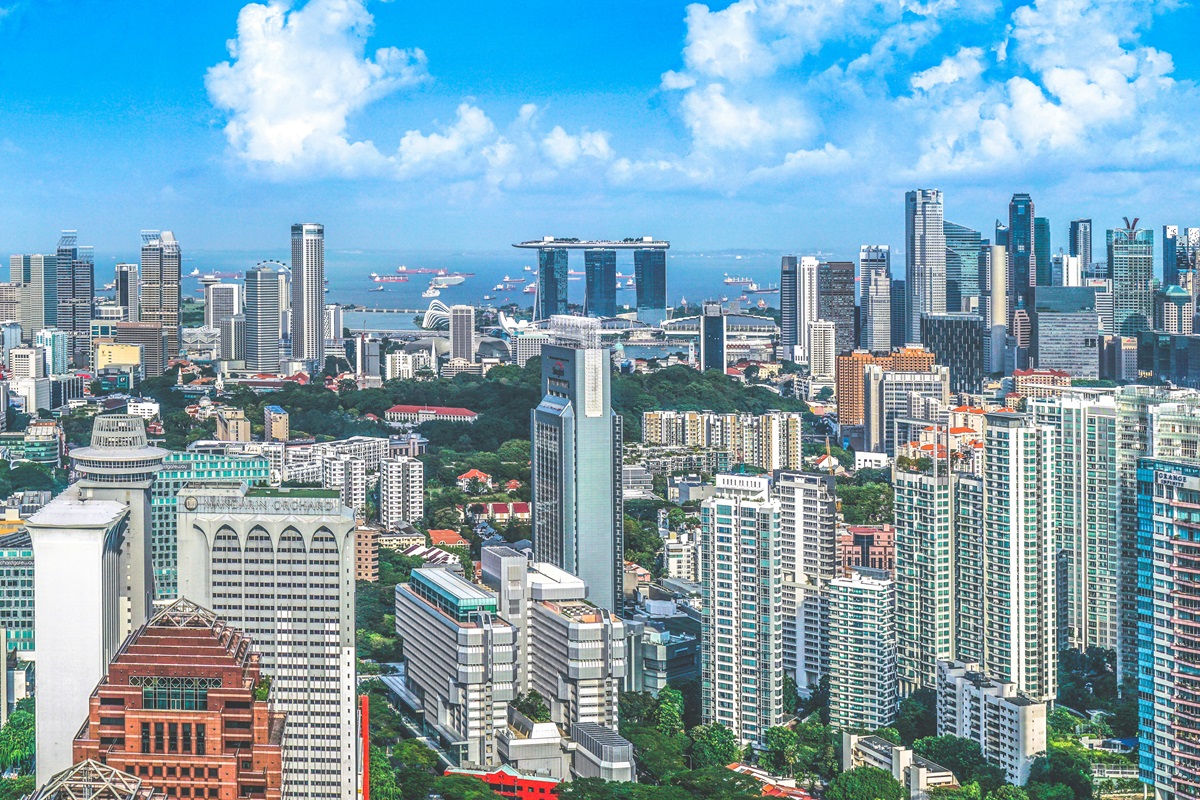The capital of globalisation launches subsidies for the unemployed
The city-state that awaits the arrival of Pope Francis has for the first time launched a retraining plan for low and middle-level professional workers, who are most exposed today to the hardships created by the economic upheavals linked to international crises. From April 2025, subsidies of 6,000 Singapore dollars for six months, accompanied by training activities.
Singapore (AsiaNews) - Singapore awaits the arrival of Pope Francis on September 11, the last stage of his now imminent apostolic trip to Asia and Oceania. An event eagerly awaited not only by the Catholic minority in the city-state that perhaps represents the highest expression of globalisation in the great Asian continent, in a historical phase in which the international reality and the development of internal dynamics seem to indicate new social criticalities.
Singapore is a reality striving for harmony between its many ethnic and religious components, also addressed by a government that also uses an iron fist to promote it. But it is also a context that today has to reckon with growing risks for its workforce threatened by domestic and international contingencies, marked by the high cost of living, challenged by the new possibilities offered by Artificial Intelligence, the introduction of which is behind a wave of redundancies by giants such as Google and Amazon.
In this context, the government has broken a taboo by approving a system of unemployment and retraining subsidies for middle and low-skilled workers. The SkillsFuture Jobseeker Support project, yes, has at its core the introduction of handouts of up to 6,000 Singaporean dollars (seeks 4,600 US dollars) over six months for those who have lost their jobs. But above all, it wants to promote different mobility, ensuring competitiveness while protecting the most vulnerable workforce. According to government estimates, around 60,000 citizens would potentially be affected each year from April 2025 (and from the first quarter of 2026 the measure should also be extended to permanent residents of foreign origin).
The measure is narrow in appearance, essential even in the benefits promised, but it aims to be a stimulus to find a solution in the short term or to fulfil periodic or seasonal activities, positively matching supply and demand as well as requests for various levels of preparation. Also essential in the official plans is coordination with other initiatives already underway, such as the retraining of workers over 40 who want to attend full-time courses lasting up to 24 months - paid.
In a world of work like Singapore's where job or task changes tend to be frequent within an average lifespan, the government, rather than immediate protection, wanted to give an incentive signal towards this process. Betting on an adequate availability of jobs and workforce for the future as well.
05/04/2019 16:19
09/07/2007
09/06/2006







.png)










